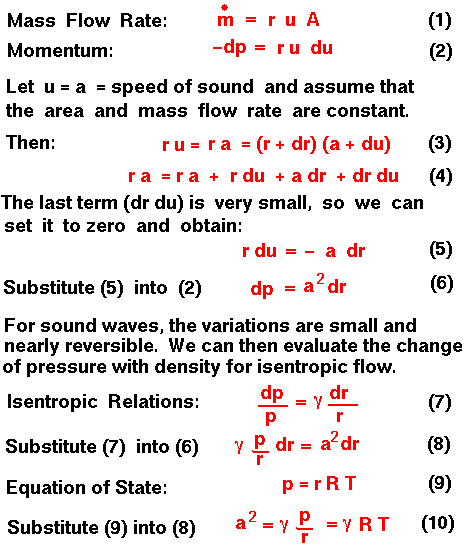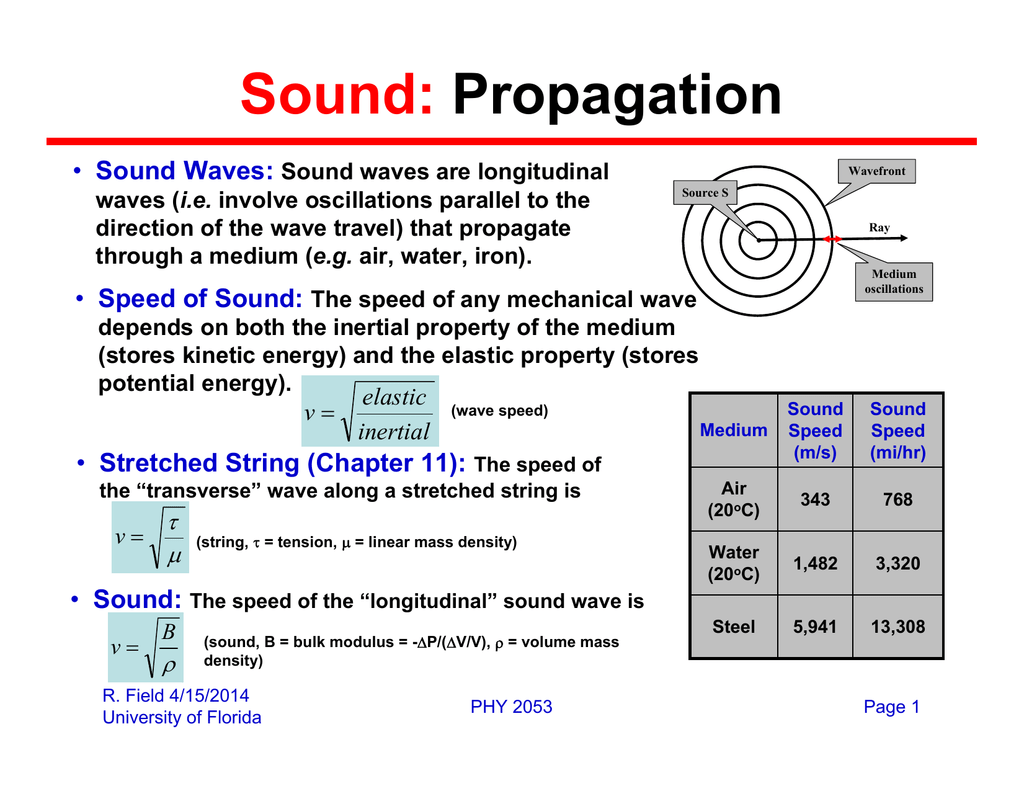

You can repeat this experiment multiple times and take the average to get a more accurate value. The bulk sound speed is detonated by the formula attached. If you were extremely precise, the result is the speed of sound for the air conditions where you took the measurement. We know that the speed of sound is given by the formula: v Substituting the values in the equation, we get v 0.


Sound waves move more slowly when particles are further apart. Divide 100 m by the time (in seconds) you registered with your timer. This is because the particles of gases are further apart than liquids and finally solids. Measuring the Speed of Sound A person stands about 50 m away from a wall (or cliff) using a trundle wheel to measure this distance The person claps two wooden.Stop the timer when you hear the clapping sound.Ask your friend to clap their hands up in the sky so you can clearly see when both palms touch and start the timer.The temperature of sea water is assumed to be 4 degrees C in the depth of 1000m, and 2 degrees in the depth of 3000m or more. You can work out the speed of sound using the equation: Speed distance ÷ time Speed of sound in air Sound waves are vibrations that are passed on between particles. It is calculated by the Del Grosso or UNESCO formula. Sound travels from one point to another in the form of waves and vibrations.These waves are audible mechanical waves, which are known as sound waves. Ask a friend to stay ~100 m away from you. The Velocity of sound in sea-water changes with water pressure, temperature, and salinity. Speed of Sound varies depending upon the medium in which it travels.Get a timer and find an open area where you won't be interrupted by other noises. The speed of a sound wave in air depends on the temperature (c331 + 0.6 T) where T is the temperature in o C. At 0 Centigrade and 1.013 x 105 Newtons per square meter (normal atmospheric pressure), the speed of sound is 331.5 meters/sec, i.e.Here's one simple experiment to calculate the speed of sound outdoors: To calculate the speed of sound in, let's say, air, you need to divide the distance traveled by the wave by the time it took to reach that distance. The speed at which these waves travel through different mediums is called the speed of sound and is a property of the medium. Temperature - Speed of sound in water at temperatures ranging 32 - 212 oF (0 - 100 oC) - Imperial and SI units.Sound waves travel through gases and liquids as longitudinal waves (the medium vibrates in the propagation direction). Sound - Doppler Effect - The doppler effect is the change in sound frequency due to the relative motion between a source and a listener.Solids and Metals - Speed of Sound - Speed of sound in solids and metals like aluminum, brass, concrete and more.Mach Number - An introduction to the Mach Number.Liquids - Speed of Sound - Speed of sound in common fluids like water, glycerol, kerosene and more. We know the formula to calculate speed of sound in air is cair 331.3 (1 + T/273.15) m/s for T in C Substituting the temperature value in the above formula we get the equation as follows cair 331.3 (1 + 35/273.15) m/s cair 351.8 m/s Therefore speed of sound in air for a temperatre of 35 C is 351. average speed distance travelled ÷ time taken 3.4 ÷ 0.Gases - Speed of Sound - Speed of sound in some gases at zero degrees Celsius and atmospheric pressure. The speed of sound (a) is equal to the square root of the ratio of specific heats (g) times the gas constant (R) times the absolute temperature (T).

Elevation - Temperature, Pressure and Speed of Sound - Altitude and speed of sound, temperature and pressure.Temperature - Speed of sound in air at standard atmospheric pressure with temperatures ranging -40 to 1000 oC (-40 to 1500 oF) - Imperial and SI Units. Acoustics - Room acoustics and acoustic properties, decibel A, B and C, Noise Rating (NR) curves, sound transmission, sound pressure, sound intensity and sound attenuation.


 0 kommentar(er)
0 kommentar(er)
